Home>Furniture & Design>Bathroom Accessories>What Kind Of Foam Under Bathtub
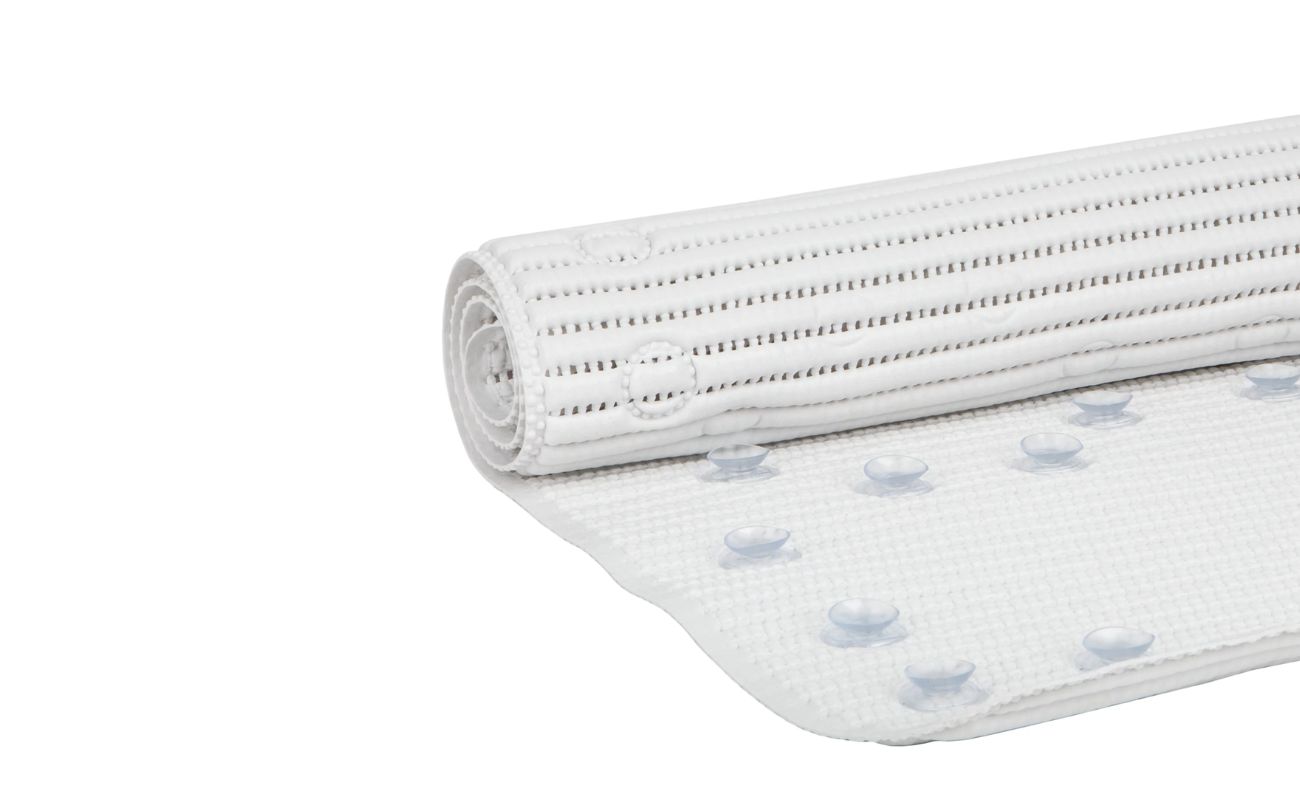

Bathroom Accessories
What Kind Of Foam Under Bathtub
Modified: March 5, 2024
Discover the best foam options for your bathtub in our comprehensive guide. Find the perfect bathroom accessories for your needs.
(Many of the links in this article redirect to a specific reviewed product. Your purchase of these products through affiliate links helps to generate commission for Storables.com, at no extra cost. Learn more)
Introduction
When it comes to creating a relaxing and luxurious bathing experience, every detail matters. From the choice of bathtub to the selection of accessories, every element contributes to the overall ambiance and comfort. One often overlooked yet crucial component of a well-designed bathtub setup is the foam placed underneath the tub. This foam, also known as a bathtub insulation pad, serves multiple purposes that significantly impact the performance and longevity of the bathtub.
The type of foam used under a bathtub can vary, and each type offers distinct advantages. Understanding the different options available and their respective benefits is essential for making an informed decision when selecting the right foam for your bathtub. Whether you're a homeowner embarking on a bathroom renovation project or a professional contractor seeking the best materials for your clients, having a comprehensive understanding of the various foam options and their applications is paramount.
In this article, we will delve into the world of foam under bathtubs, exploring the different types of foam commonly used for this purpose, the benefits they offer, and the key considerations to keep in mind when choosing the ideal foam for your specific bathtub installation. By the end of this article, you will have gained valuable insights into the importance of foam under bathtubs and be equipped with the knowledge to make informed decisions that enhance the comfort, durability, and performance of your bathtub setup.
Key Takeaways:
- Choosing the right foam for your bathtub can make your bathing experience more cozy and peaceful by keeping the water warm, reducing noise, and protecting against moisture and damage.
- Foam under your bathtub provides support, insulation, and durability, making your bathing space comfortable, efficient, and long-lasting. It’s like giving your bathtub a cozy and protective hug!
Read more: What Spray Foam To Use Under A Bathtub
Types of Foam Under Bathtub
When it comes to selecting the right foam for your bathtub installation, it's essential to consider the various types available and their specific characteristics. The following are the most common types of foam used under bathtubs:
1. Expanded Polystyrene (EPS) Foam
Expanded Polystyrene, commonly known as EPS foam, is a popular choice for insulating bathtubs. This lightweight and rigid foam offers excellent thermal insulation properties, effectively retaining heat within the bathtub. Its closed-cell structure prevents water absorption, making it resistant to moisture and mold growth. EPS foam is easy to handle and can be customized to fit the specific dimensions of the bathtub, ensuring a snug and efficient insulation layer.
2. Polyurethane Foam
Polyurethane foam is another widely used option for insulating bathtubs. This versatile foam material provides exceptional thermal insulation, helping to maintain the desired water temperature for extended periods. Polyurethane foam is known for its high compressive strength, which contributes to the structural stability of the bathtub installation. Additionally, it exhibits excellent resistance to water and moisture, making it a durable and long-lasting choice for foam under bathtubs.
3. Extruded Polystyrene (XPS) Foam
Extruded Polystyrene, or XPS foam, is valued for its superior moisture resistance and high thermal performance. This closed-cell foam material is highly resistant to water absorption, making it an ideal choice for insulating bathtubs in humid environments. XPS foam is lightweight yet robust, providing reliable support for the bathtub while effectively minimizing heat loss. Its dimensional stability and resistance to compression make it a dependable option for long-term insulation beneath bathtubs.
Read more: What To Put Under Bathtub
4. Polyethylene Foam
Polyethylene foam offers a unique combination of flexibility and insulation properties, making it suitable for various bathtub installations. This closed-cell foam material is lightweight, resilient, and resistant to water, ensuring consistent thermal performance and moisture protection. Polyethylene foam can conform to irregular surfaces, allowing for a customized fit under the bathtub while providing reliable insulation and support.
5. Rubberized Foam
Rubberized foam, also known as neoprene foam, is valued for its exceptional resilience and impact absorption capabilities. This durable and flexible foam material offers reliable insulation and cushioning for bathtubs, effectively reducing noise and vibration. Its water-resistant properties make it suitable for damp environments, ensuring long-term protection and thermal efficiency.
By understanding the characteristics of these different foam types, you can make an informed decision based on your specific bathtub insulation needs. Whether prioritizing thermal performance, moisture resistance, structural support, or flexibility, there is a suitable foam option to enhance the functionality and longevity of your bathtub installation.
Benefits of Using Foam Under Bathtub
Using foam under a bathtub offers a multitude of benefits that significantly enhance the performance, durability, and comfort of the entire bathing experience. Here are the key advantages of incorporating foam insulation beneath a bathtub:
-
Enhanced Thermal Insulation: Foam serves as a highly effective insulating material, helping to maintain the desired water temperature in the bathtub for extended periods. By minimizing heat loss, the foam creates a cozy and indulgent bathing environment, allowing individuals to relax and unwind without the discomfort of rapidly cooling water.
-
Moisture Protection: Foam insulation acts as a barrier against moisture, preventing water from seeping into the subfloor and walls. This moisture resistance not only safeguards the structural integrity of the bathroom but also mitigates the risk of mold and mildew growth, contributing to a healthier and more hygienic bathing space.
-
Structural Support: The use of foam under a bathtub provides essential support, distributing the weight of the tub evenly across the floor. This helps to minimize stress on the subfloor and prevents the formation of cracks or damage over time, ensuring the long-term stability and integrity of the bathtub installation.
-
Noise Reduction: Foam insulation effectively dampens the sound of water movement and impact, reducing the transmission of noise to adjacent rooms. This creates a quieter and more peaceful bathing environment, allowing individuals to enjoy a serene and undisturbed experience without causing disruptions to others in the household.
-
Vibration Absorption: In addition to reducing noise, foam under the bathtub absorbs vibrations caused by water flow and movement. This minimizes the transmission of vibrations through the floor, enhancing the overall tranquility of the bathroom environment and promoting a sense of relaxation and calm during bathing.
-
Customized Fit and Comfort: Foam can be tailored to fit the specific dimensions and contours of the bathtub, providing a customized and snug insulation layer. This tailored fit not only ensures optimal thermal performance but also enhances the overall comfort of the bathtub, creating a more enjoyable and luxurious bathing experience.
-
Long-Term Durability: The use of high-quality foam insulation contributes to the long-term durability of the bathtub installation. By protecting against moisture damage and structural stress, foam helps to extend the lifespan of the bathtub, reducing the need for frequent maintenance and repairs.
Incorporating foam under a bathtub offers a range of practical and indulgent benefits, making it an essential component of a well-designed and high-performing bathing space. Whether it's enhancing thermal efficiency, promoting structural integrity, or creating a tranquil and inviting atmosphere, the advantages of using foam under a bathtub are invaluable in elevating the overall bathing experience.
Considerations When Choosing Foam Under Bathtub
When selecting the appropriate foam for insulation under a bathtub, several crucial considerations come into play to ensure optimal performance and long-term satisfaction. These considerations encompass various factors that directly impact the effectiveness, durability, and functionality of the foam insulation. Here are the key considerations to keep in mind when choosing foam under a bathtub:
Read more: What To Put Under A Memory Foam Mattress
1. Thermal Efficiency
The thermal insulation properties of the foam are paramount in maintaining the desired water temperature within the bathtub. It is essential to select a foam material with high thermal resistance to minimize heat loss and enhance energy efficiency during bathing. Understanding the R-value, which measures the insulation's thermal resistance, can guide the selection of foam with the appropriate level of thermal efficiency for the specific bathtub installation.
2. Moisture Resistance
Given the potential exposure to moisture in a bathroom environment, the foam insulation must exhibit excellent resistance to water absorption. Choosing a moisture-resistant foam material helps prevent mold, mildew, and structural damage caused by prolonged exposure to moisture. Closed-cell foam options, such as EPS and XPS foam, are particularly effective in providing reliable moisture protection under bathtubs.
3. Structural Support
The foam's ability to provide adequate support for the bathtub is crucial for distributing the weight of the tub evenly and minimizing stress on the subfloor. Opting for a foam material with high compressive strength and dimensional stability ensures that the bathtub remains structurally sound and stable over time, reducing the risk of sagging or damage to the floor beneath the tub.
4. Customization and Fit
The foam insulation should be customizable to fit the specific dimensions and contours of the bathtub, ensuring a snug and tailored fit. This customized fit not only enhances the insulation's effectiveness but also contributes to the overall comfort and stability of the bathtub. Flexible foam materials, such as polyethylene foam, offer the versatility to conform to irregular surfaces, providing a seamless and precise insulation layer.
5. Durability and Longevity
Selecting a durable and long-lasting foam material is essential for minimizing maintenance and replacement needs over the bathtub's lifespan. Evaluating the foam's resistance to wear, tear, and environmental factors can help determine its ability to withstand the demands of a bathroom setting, ensuring prolonged performance and reliability.
6. Environmental Impact
Considering the environmental impact of the foam material is increasingly important in sustainable construction and design practices. Choosing foam insulation with minimal environmental footprint, such as recyclable or eco-friendly options, aligns with eco-conscious principles and contributes to a more sustainable and responsible approach to bathtub insulation.
By carefully considering these factors when choosing foam under a bathtub, individuals can make informed decisions that prioritize thermal efficiency, moisture protection, structural integrity, customization, durability, and environmental sustainability. These considerations play a pivotal role in selecting the most suitable foam insulation for a bathtub, ultimately enhancing the overall functionality and comfort of the bathing space.
Conclusion
In conclusion, the selection of foam insulation for placement under a bathtub is a critical aspect of creating a comfortable, efficient, and durable bathing environment. The diverse range of foam options, including Expanded Polystyrene (EPS) foam, Polyurethane foam, Extruded Polystyrene (XPS) foam, Polyethylene foam, and Rubberized foam, offers unique characteristics and benefits tailored to specific insulation needs. By understanding the advantages and considerations associated with each foam type, individuals can make informed decisions that optimize the performance and longevity of their bathtub installations.
The benefits of using foam under a bathtub are multifaceted, encompassing enhanced thermal insulation, moisture protection, structural support, noise reduction, vibration absorption, customized fit, and long-term durability. These advantages contribute to a more indulgent, energy-efficient, and tranquil bathing experience while safeguarding the integrity of the bathroom space. Whether it's maintaining the desired water temperature, minimizing moisture-related issues, or promoting a serene and peaceful atmosphere, the incorporation of foam insulation under a bathtub is instrumental in elevating the overall comfort and functionality of the bathing space.
When choosing foam under a bathtub, several key considerations come into play, including thermal efficiency, moisture resistance, structural support, customization and fit, durability, and environmental impact. By carefully evaluating these factors, individuals can select the most suitable foam material that aligns with their specific insulation requirements while prioritizing long-term performance, sustainability, and environmental responsibility.
In essence, the significance of foam under a bathtub extends beyond mere insulation; it plays a pivotal role in enhancing the overall bathing experience, promoting energy efficiency, and preserving the structural integrity of the bathroom. By leveraging the diverse benefits and considerations associated with foam insulation, individuals can create a bathing space that embodies comfort, functionality, and sustainability, enriching the daily ritual of relaxation and rejuvenation.
In the realm of bathroom design and construction, the thoughtful selection of foam under a bathtub underscores the commitment to creating a harmonious and inviting space where comfort, efficiency, and durability converge seamlessly. As individuals embark on their bathtub installation or renovation endeavors, the integration of high-quality foam insulation stands as a testament to their dedication to crafting a bathing environment that transcends mere functionality, embracing the essence of indulgence, tranquility, and enduring quality.
Frequently Asked Questions about What Kind Of Foam Under Bathtub
Was this page helpful?
At Storables.com, we guarantee accurate and reliable information. Our content, validated by Expert Board Contributors, is crafted following stringent Editorial Policies. We're committed to providing you with well-researched, expert-backed insights for all your informational needs.
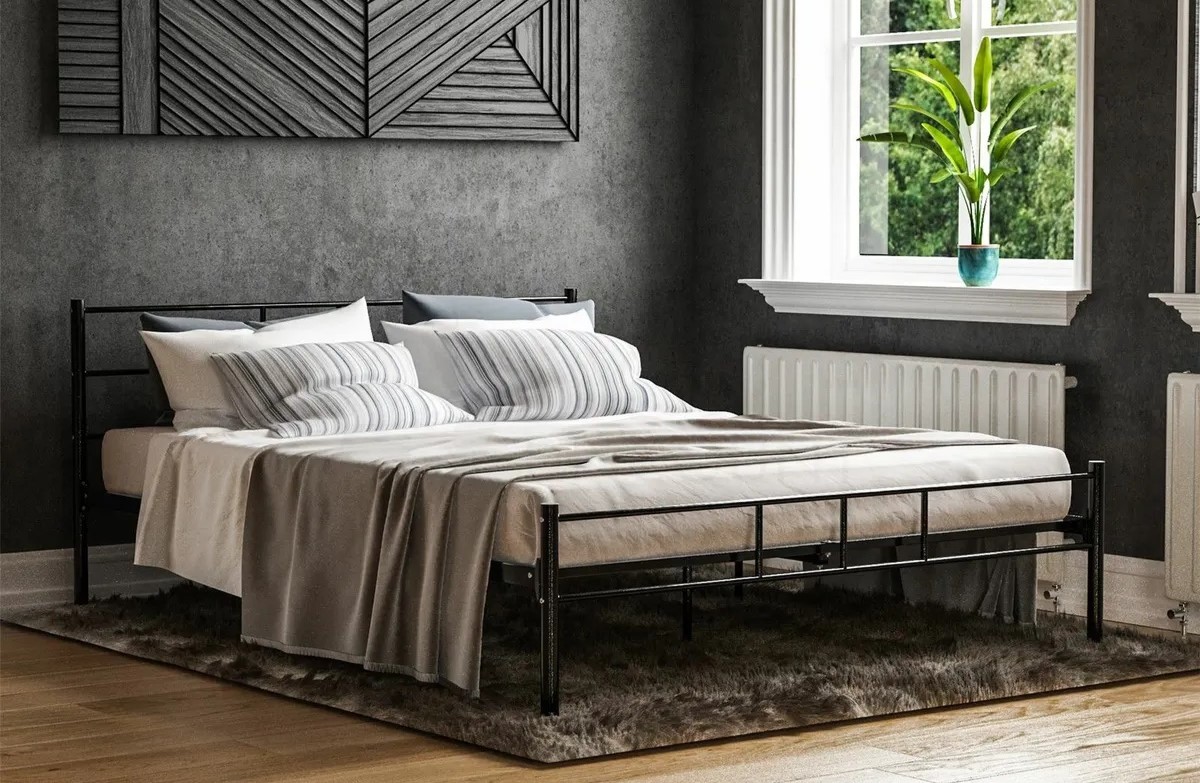
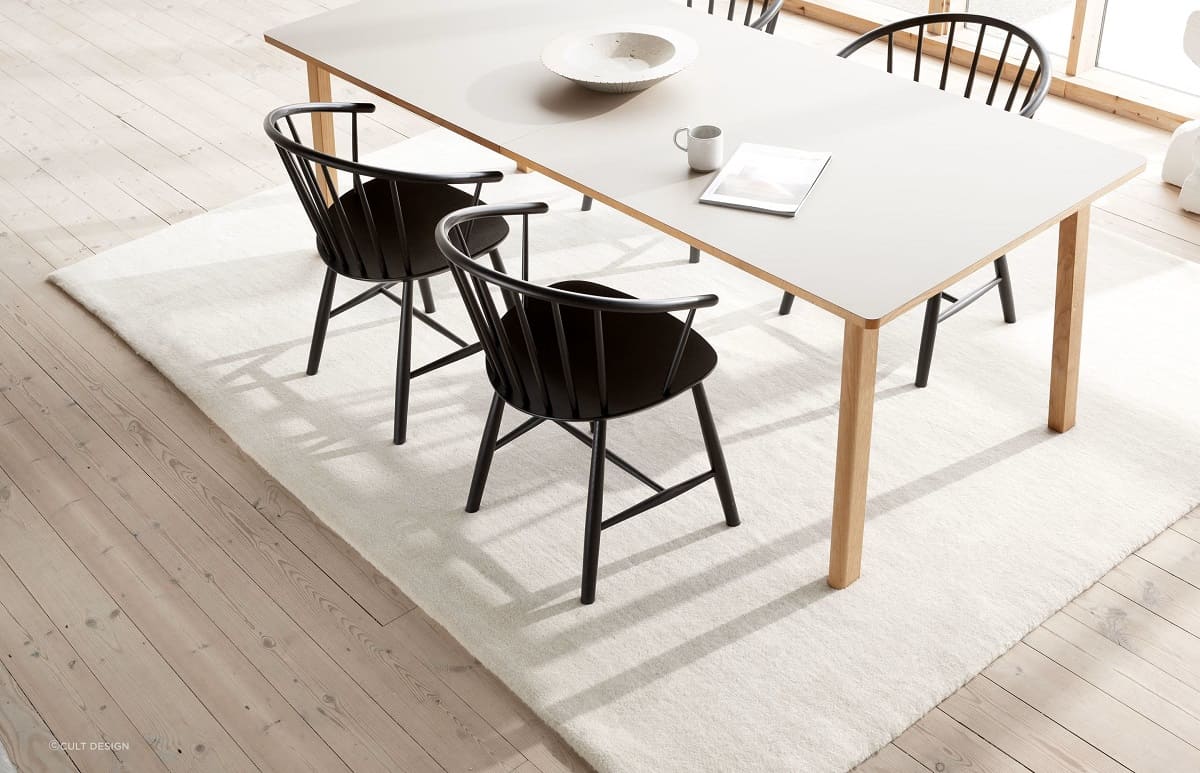
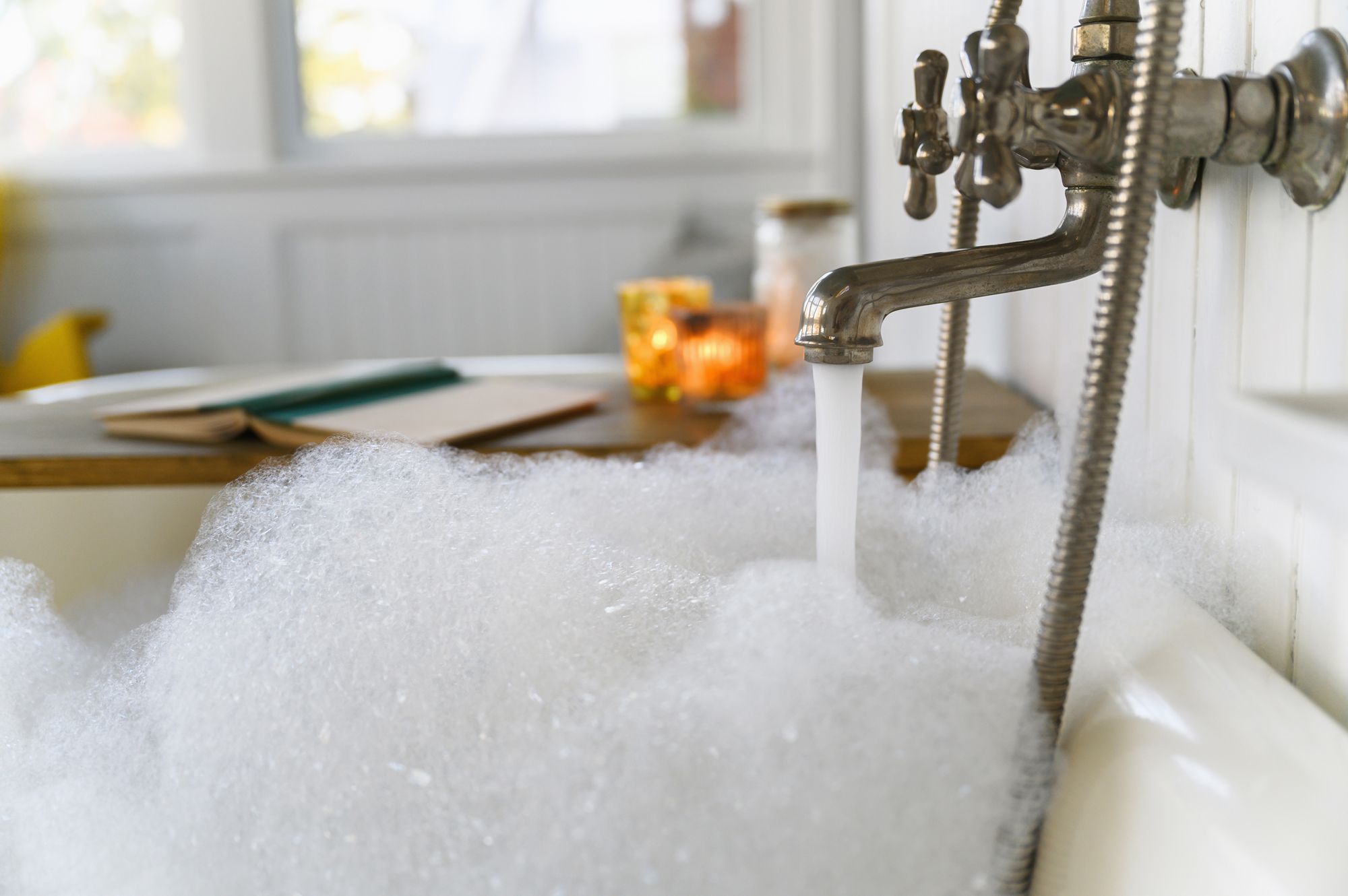
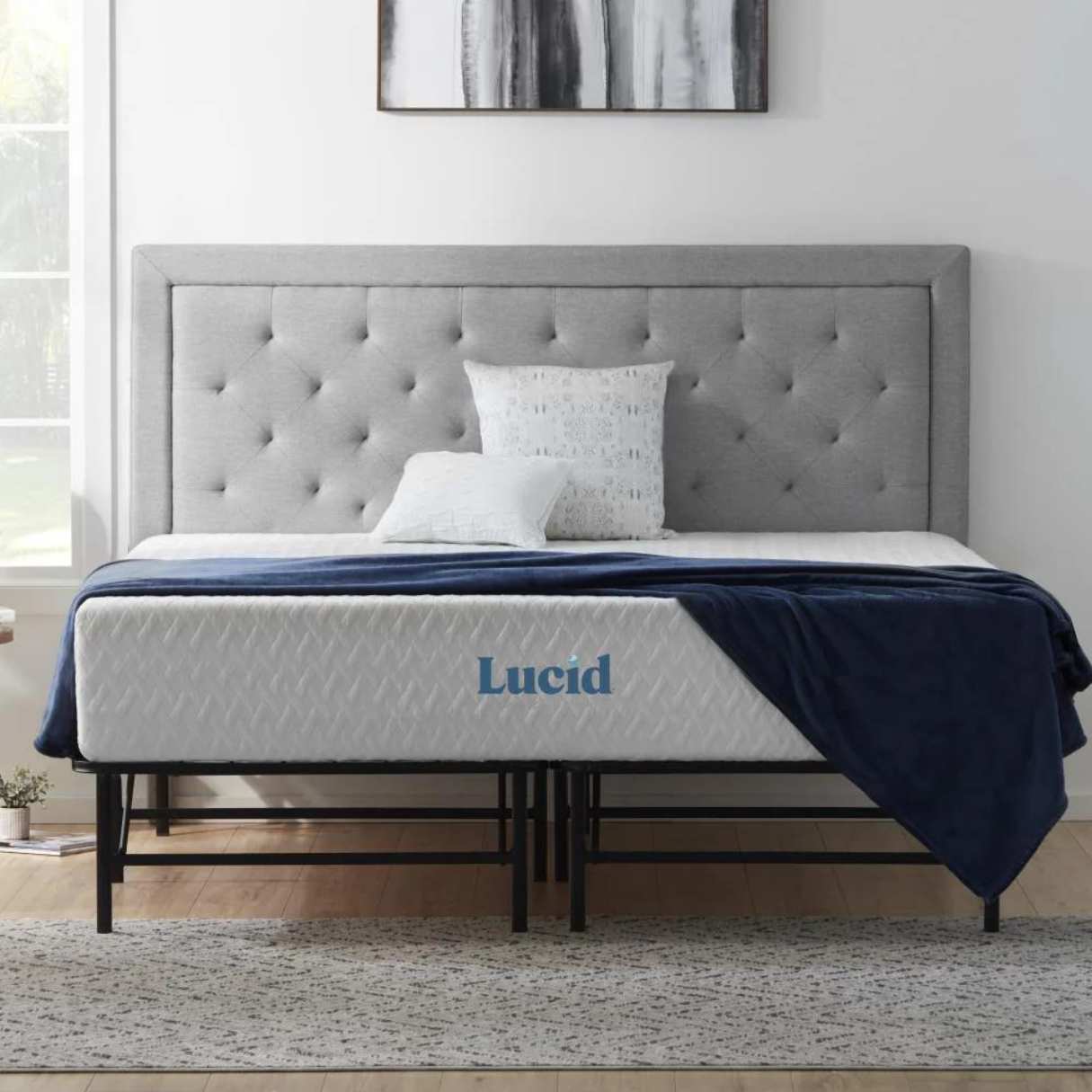

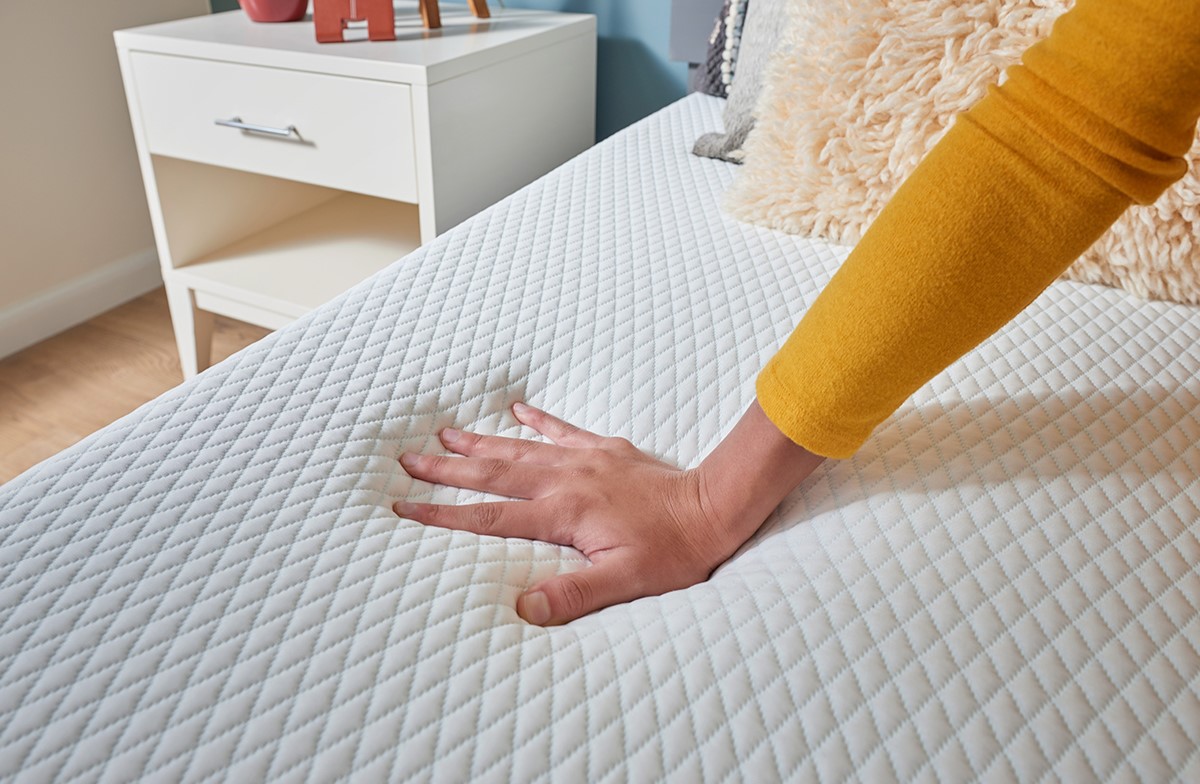


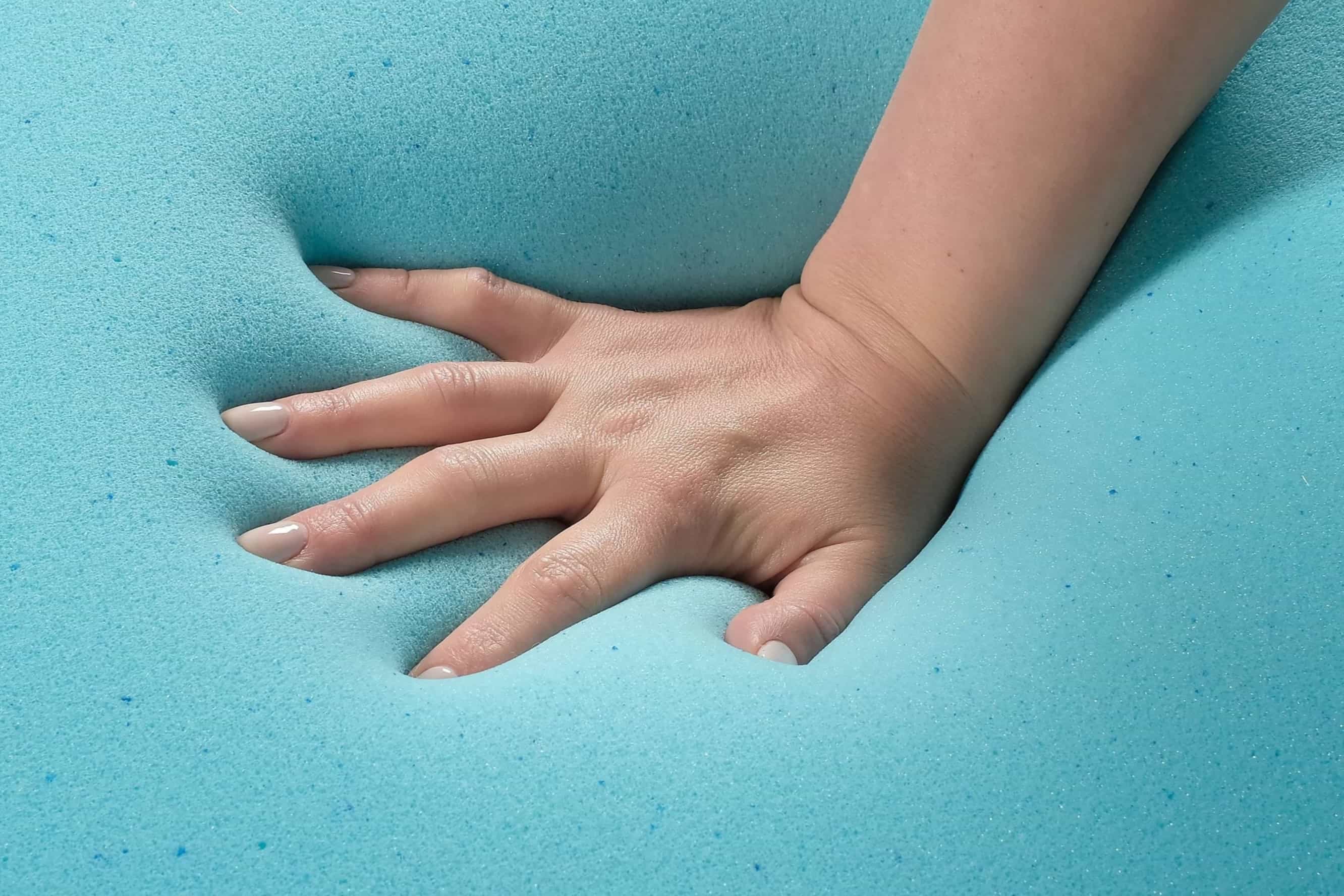
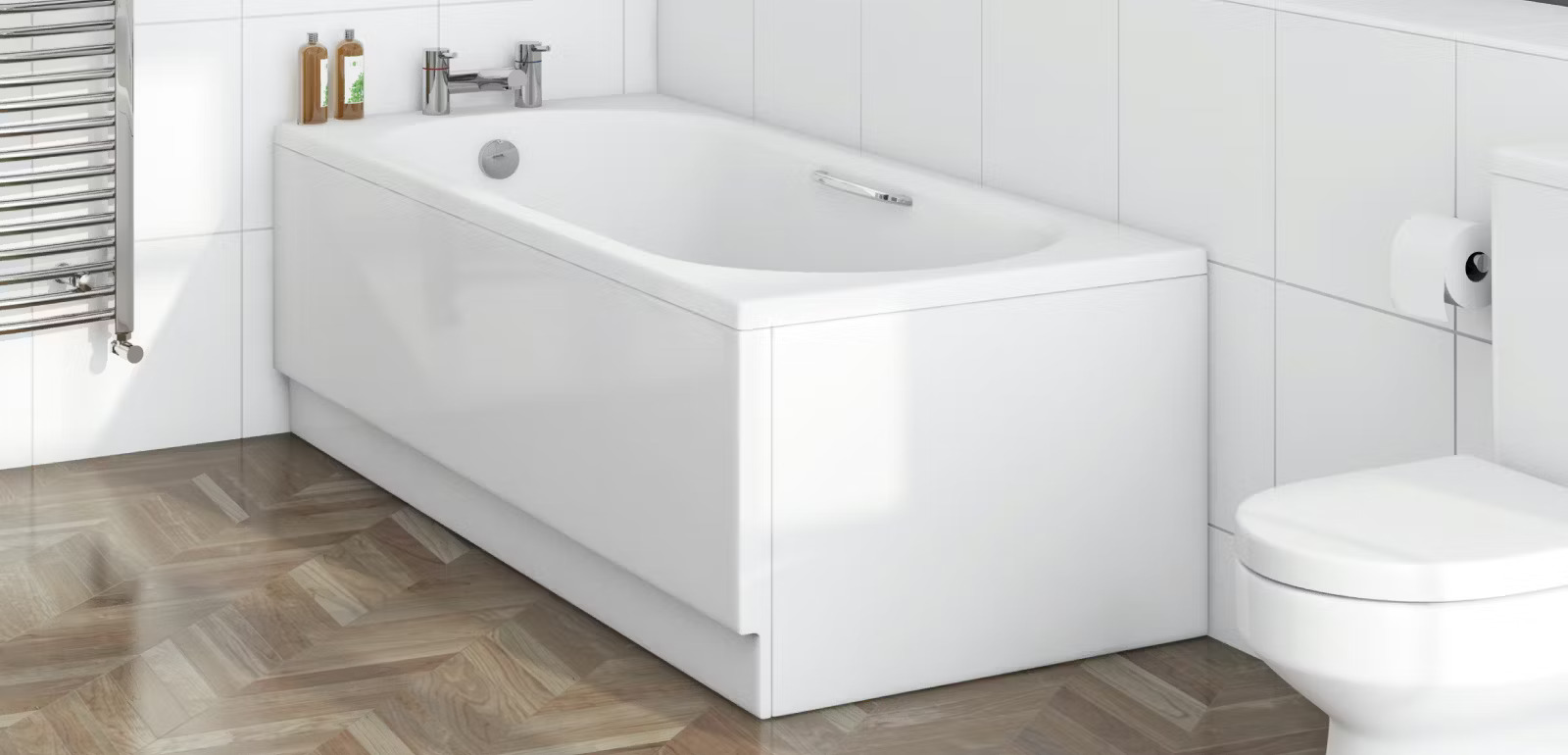
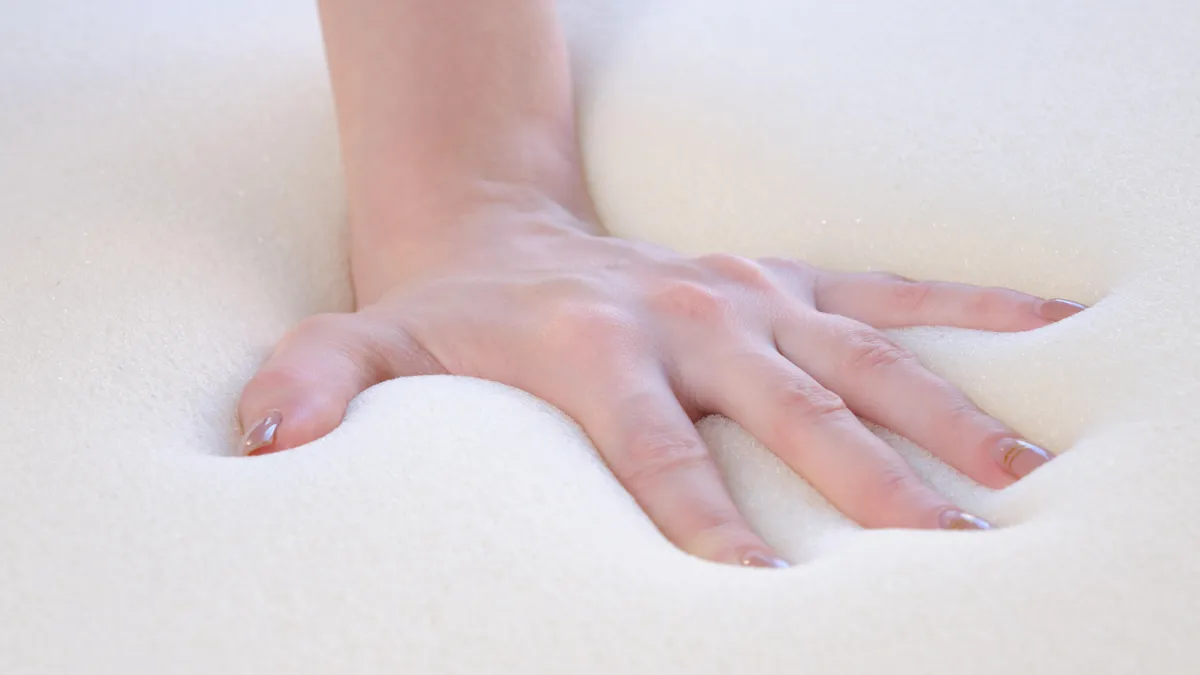
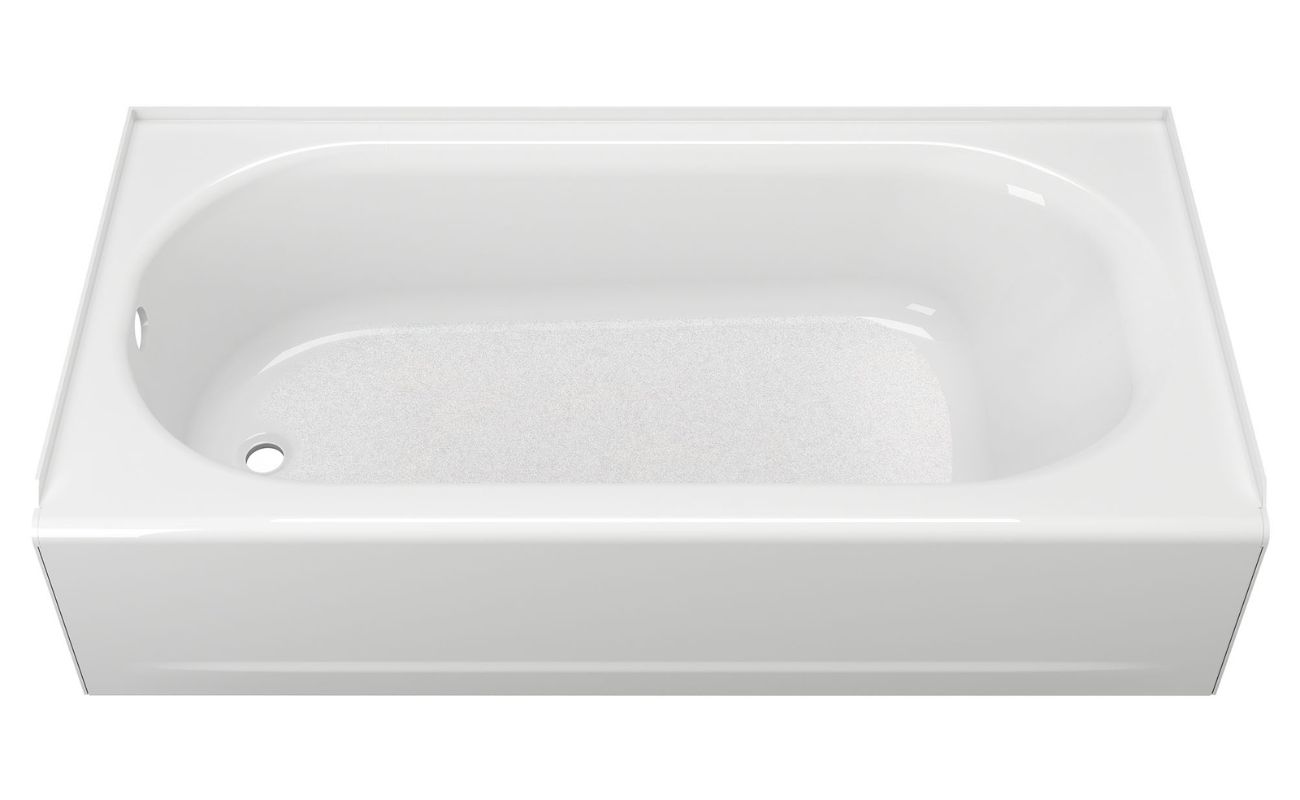

0 thoughts on “What Kind Of Foam Under Bathtub”